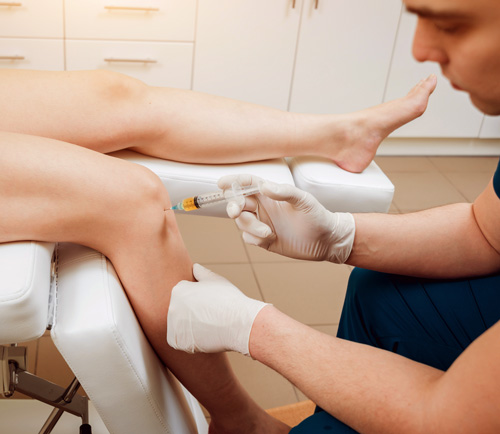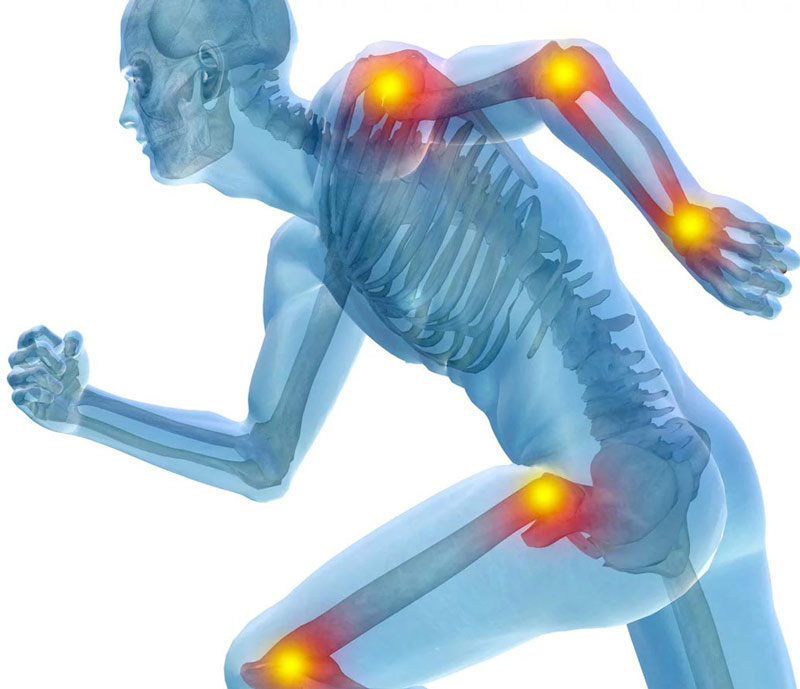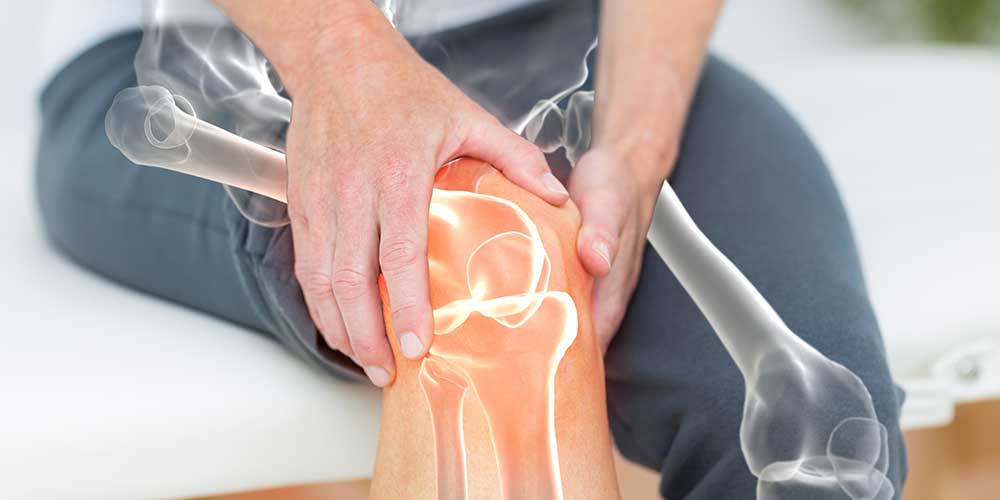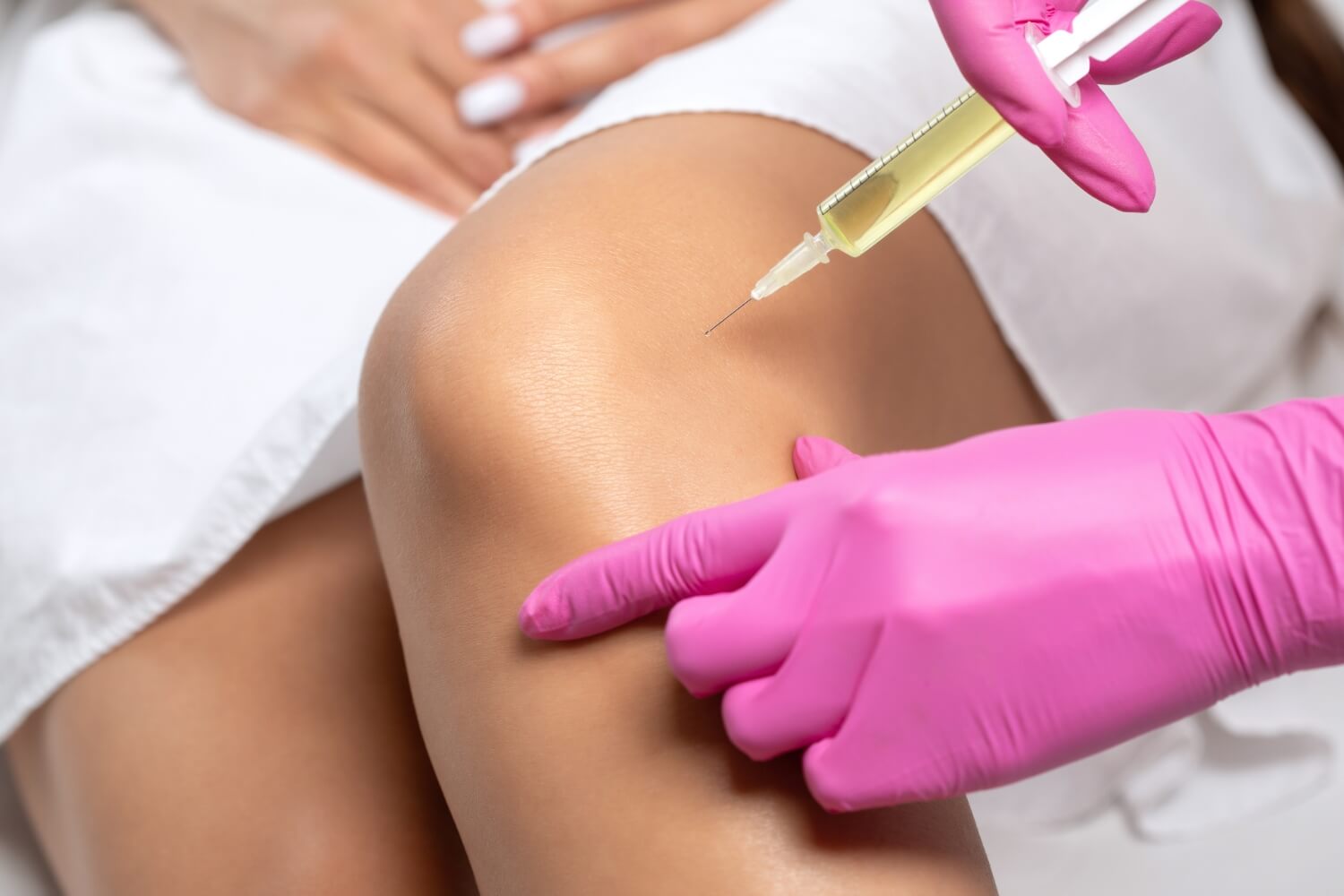

PRP Treats Joint and Muscle Pain
PRP has been used since the late 1980’s for the regeneration of cells throughout the body. It has proven to be highly effective for joint, tendon, and muscle pain relief. Platelet-rich Plasma (PRP) uses substances from the patient’s own blood cells to treat damaged tissues.
In this method, the doctors inject blood plasma directly into the joint with hopes to reduce pain, improve bodily function and partially repair the cartilage. PRP treatments have been shown effective in:
• Formation of a new cartilage
• Prevention of inflammation and slowing the process of OA
• Enhancing the production of natural lubricating fluid in joints to ease painful joint friction.
• Inserting proteins that may affect the pain receptors and reduce the feeling of pain.




How The Treatment is Done
A small quantity of blood is drawn and then spun in a centrifuge to separate its components (Red Blood Cells, Platelet Rich Plasma, and Plasma) It is then spun once more to achieve optimal concentration.
The platelet rich plasma is separated from the rest of the blood and then activated with a small amount of calcium to allow the release of growth factors from the platelets which in turn amplifies the healing process. Following the administration of local anesthesia (xylocaine), PRP is then injected directly into the affected area. This is a simple outpatient procedure that generally takes about an hour.
PRP FAQ
Do you have questions about PRP Treatment for Joint & Muscle Pain? You can find answers to the most frequently asked questions below:


Your Title Goes Here
Your content goes here. Edit or remove this text inline or in the module Content settings. You can also style every aspect of this content in the module Design settings and even apply custom CSS to this text in the module Advanced settings.
Who is it Best For?
Platelet Rich Plasma is an awesome long-term alternative for those who need pain relief from conditions such as Arthritis, and Tendonitis that is not responding well to conventional methods of treatment.
Is PRP for Joint Pain painful?
You may feel more pain at the beginning as the treatment area may swell. The swelling of the treatment area is required for the blood cells to help in healing for the long term.
How long should you rest after an PRP injection?
You can move around and do light tasks at home or outside but doctors usually recommend 2 weeks of rest of the targeted area.
How long do the healing effects last for?
While the results from PRP are not permanent, they can last up to an average of 18 months. Patients generally need a follow-up treatment once a year to keep the healing process going.